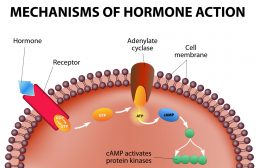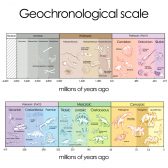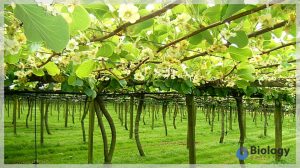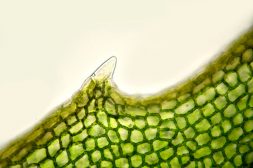Protein Synthesis

mRNA transcript for translation
If you have jumped straight to this page, you may wish to look at the previous tutorial about DNA, which gives background information on protein synthesis.
As mentioned, a string of nucleotides represent the genetic information that makes us unique and the blueprint of who and what we are, and how we operate. Part of this genetic information is devoted to the synthesis of proteins, which are essential to our body and used in a variety of ways. Proteins are created from templates of information in our DNA, illustrated below:

The X marked nucleotides are an example of a DNA sequence that would be used to code for a particular protein. Every DNA molecule consists of two strands, only one of which is the coding strand containing the information for protein sequences. The complementary strand is the template strand, and it is this strand that the RNA nucleotides line up on to make a copy of the DNA coding strand.
The sequence of these nucleotides is used to create amino acids, which are linked together to make a protein.
mRNA
In eukaryotes, most genetic information is found in the nucleus, though protein synthesis actually occurs in ribosomes found in the cytoplasm, either as free ribosomes or on the rough endoplasmic reticulum. If protein is to be synthesized, then the genetic information in the nucleus must be transferred to these ribosomes. This is done by mRNA (messenger ribonucleic acid). It is very similar to DNA, but fundamentally differs in two ways
- The base thymine in DNA is replaced by the base uracil in mRNA.
- The sugar deoxyribose in DNA is replaced by the sugar ribose in mRNA.
At the beginning of protein synthesis, just like DNA replication, the double helix structure of DNA uncoils in order for mRNA to replicate the genetic sequence responsible for the coding of a particular protein.
In the beginning, the DNA has uncoiled, allowing the enzyme RNA polymerase to move in and transcribe (copy) the genetic information into mRNA. If the coding strand of DNA looks like this: G-G-C-A-T-T, then the template strand would look like this: C C G T T A and the mRNA would look like this G G C A U-U (remembering that uracil replaces thymine).
With the genetic information responsible for creating substances now available on the mRNA strand, the mRNA moves out of the nucleus and away from the DNA towards the ribosomes.
- Where does protein synthesis take place? Best Answer!
- How could one change in a DNA nucleotide alter the formation of the translated protein? Featured Answer!
- Can an enzyme have a negative activity? Featured Answer!
You will also like...

Homeostatic Mechanisms and Cellular Communication
Homeostasis is the relatively stable conditions of the internal environment that result from compensatory regulatory res..

Geological Periods
Geological periods is a study guide that cites the different geological periods on Earth's timeline. Each has a brief ov..

Still Water Community Plants
This tutorial looks at the adaptations of freshwater plants for them to thrive in still water habitats. Familiarize your..

Principles of Hormonal Control Systems
Hormones are essential in the regulation of the activity of the various biological systems of the human body. The ineffi..

Biosecurity and Biocontrol
This lesson explores the impact of biosecurity threats, and why they need to be identified and managed. Examples to incl..

Plant Meristems and Growth
In plants, growth occurs in meristems, which are the site of repeated cell division of unspecialized cells. These cells ..
